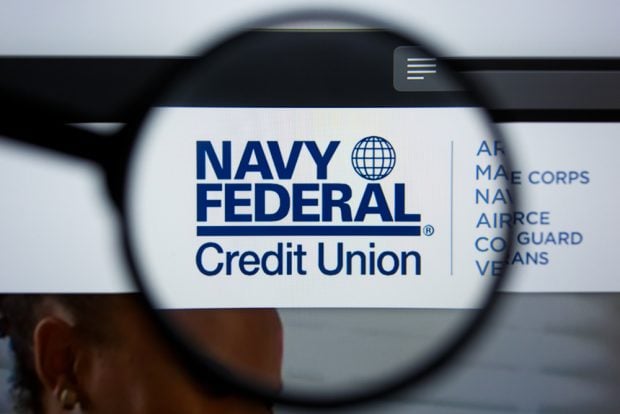LAS VEGAS — When it comes to shared branches and compliance, credit unions should be getting an assist this year in identifying cash and check transactions from Credit Union Service Corp. under new rules put in place last September by the Duluth, Ga. service provider.
That was one of the messages delivered here by Craig Beach, CUSC vice president of marketing and business development.
As of Sept. 1, transactions that contain both cash and check will be completed separately and "this means the credit union outlet or stand-alone facility will have a transaction for cash and another transaction for checks."
Recommended For You
The member can combine the transaction on their deposit slip, but the teller will enter the transactions separately creating a separate receipt for each transaction to the member, he said.
"The result will be a clearer segregation, so issuing credit unions can better identify possible structured transactions of cash, which may require a Currency Transaction Report (CTR) to be filed," he said. CUSC is in the process of enhancing their Next Generation Network switch to improve a credit union's ability to identify these transactions without the second transaction.
CUSC expects to see enhancements in 2007 that will technologically boost the credit unions ability in identifying CTR threshold transactions, he said.
"We have also clarified the responsibilities associated with BSA in shared branching for both acquirers and issuers," Beach continued. "In general, an acquirer will always be responsible for filing a CTR when they have knowledge of a transaction exceeding the $10,000 threshold.
"Because acquirers do not have access to the issuing credit union's information, it is not reasonable for them to report on possible structured transactions," he said. "Issuers are responsible for reviewing their transactions by member to seek out possible structured transactions where a number of cash transactions have been done at differing locations and total $10,000 or more in cash."
SAR reports, he said, are to be filed by acquirers when they encounter members or transactions that meet the requirements. If they have knowledge of a possible wrongdoing, they should complete and file the SAR, he continued stressing that these SARs are to be kept confidential and be shared only with appropriate parties.
Issuers, as they are reviewing their member transactions through shared branching, should be completing SARs when they recognize suspicious activity in aggregate for the member.
When it comes to OFAC, shared branching is first dependent on the CU to run the member's profile against OFAC prior to signing them as a member, he said. Once a member, there are certain transactions that require outlets and stand-alones to run checks against the OFAC listing. –[email protected]
© Touchpoint Markets, All Rights Reserved. Request academic re-use from www.copyright.com. All other uses, submit a request to [email protected]. For more inforrmation visit Asset & Logo Licensing.






